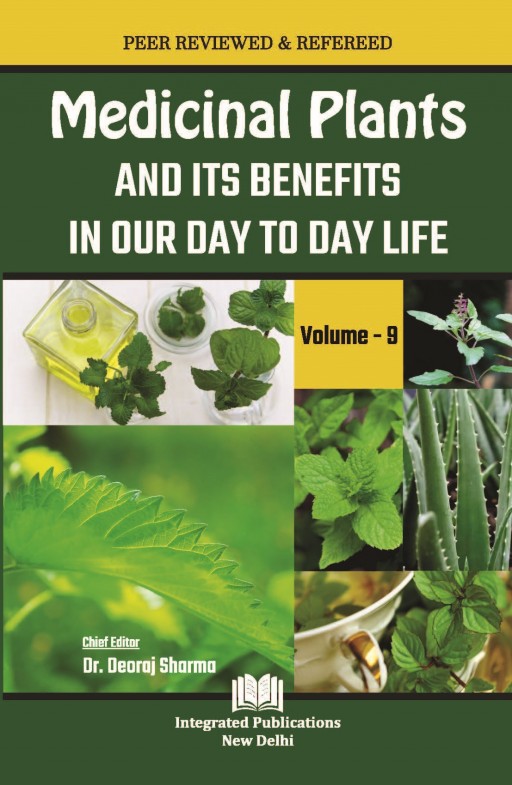Anti-Diabetic Role of Karela Juice


Herbal remedies have captivated and served humanity since time immemorial. Momordica charantia, a renowned name in ethnobotany, is a great example of an herbal remedy in complementary and alternative medicine. Although it is widely used as a vegetable and is native to Asia and South America, its most well-known use is as an antidiabetic in traditional medicine. Its phytochemical composition includes a variety of substances with hypoglycemic, antioxidant, free radical scavenging, anti-inflammatory, anti-mutagenic, antimicrobial, and other properties, including steroidal saponins, phenols, flavonoids, isoflavones, terpenes, anthroquinones and glucosinolates. The anti-diabetic property is important among all the other medicinal properties. Diabetes Mellitus is a global metabolic epidemic that is spreading. Although Momordica charantia has a long history of use in diabetes, due to the lack of adequate, well-controlled human trials, they are still hesitant to suggest it as a regular herbal food supplement. The purpose of this paper is to provide a review of clinical and experimental studies on the medicinal properties of Momordica charantia, with a particular emphasis on its anti-diabetic effect.